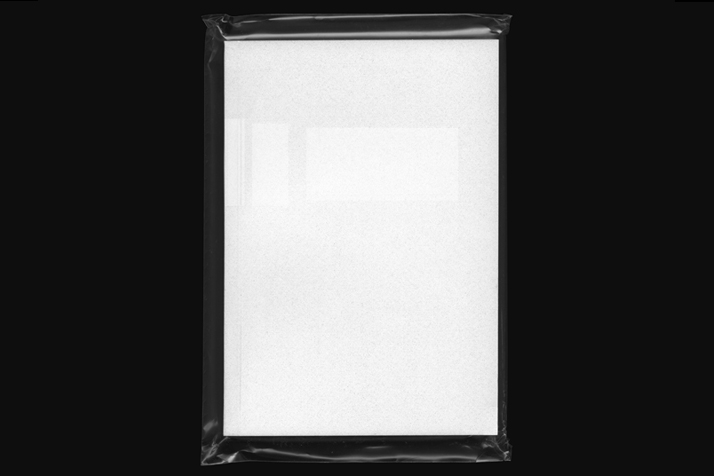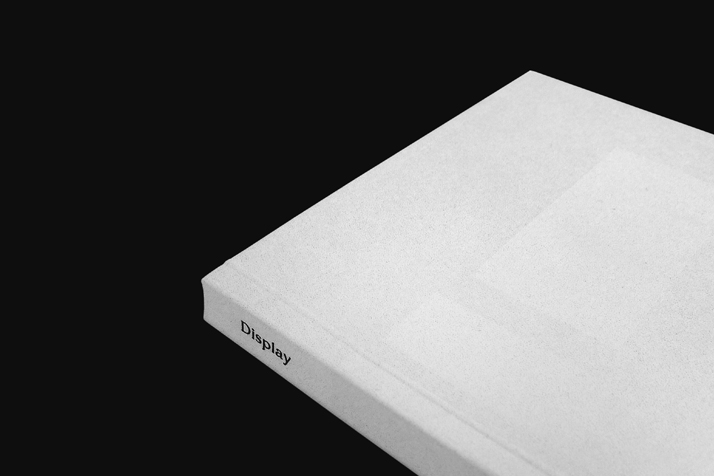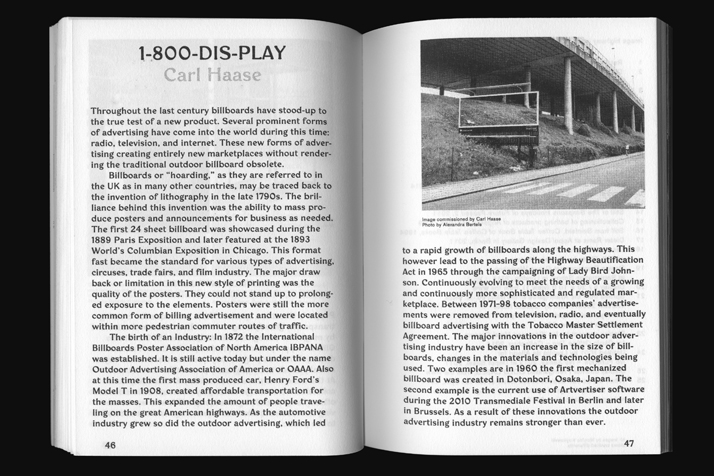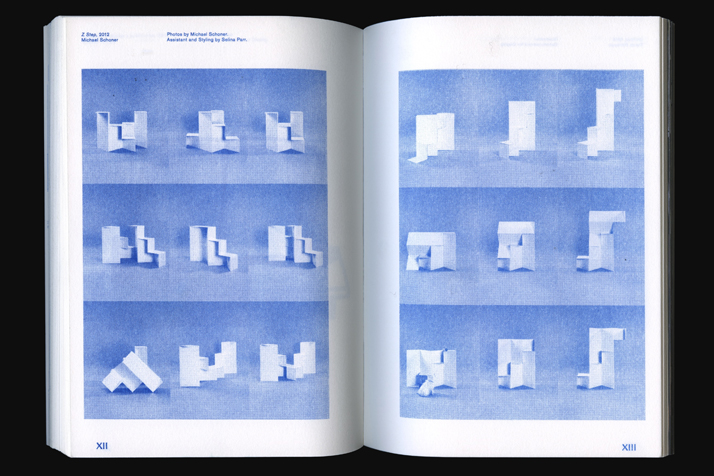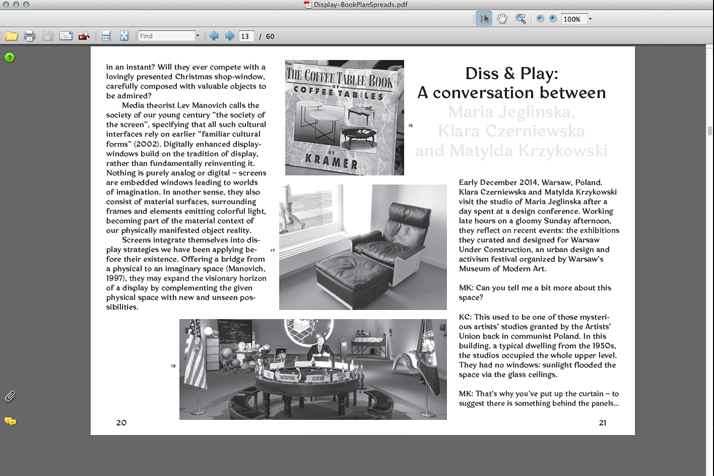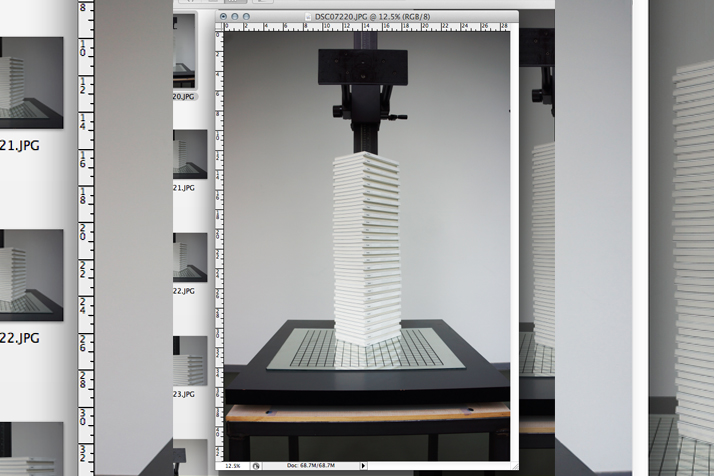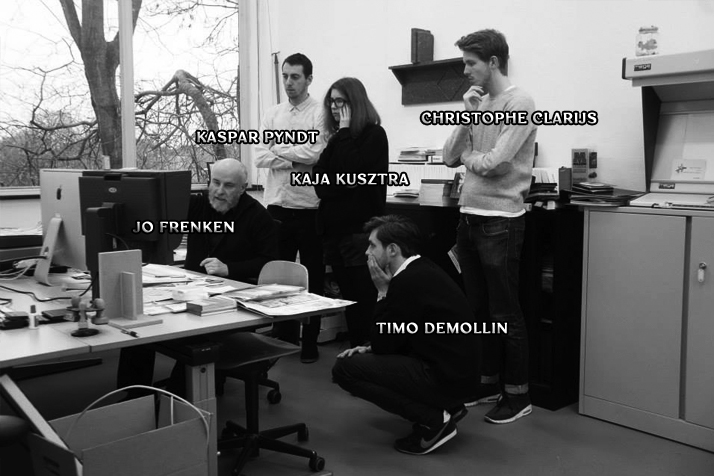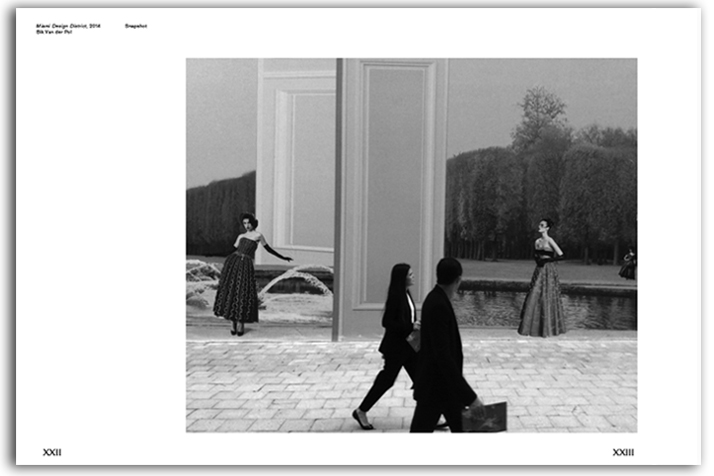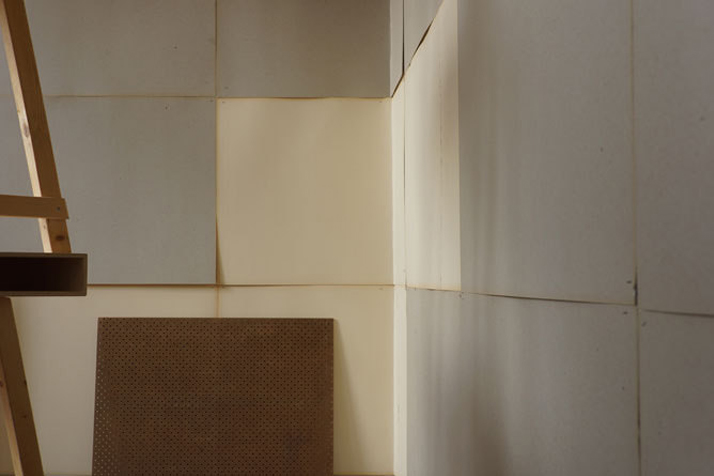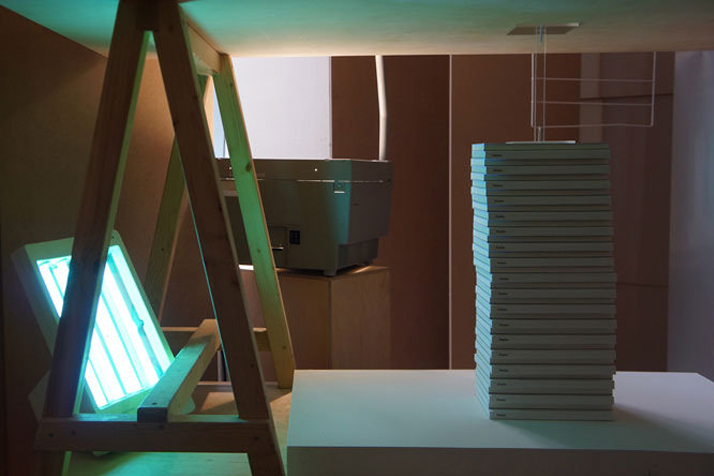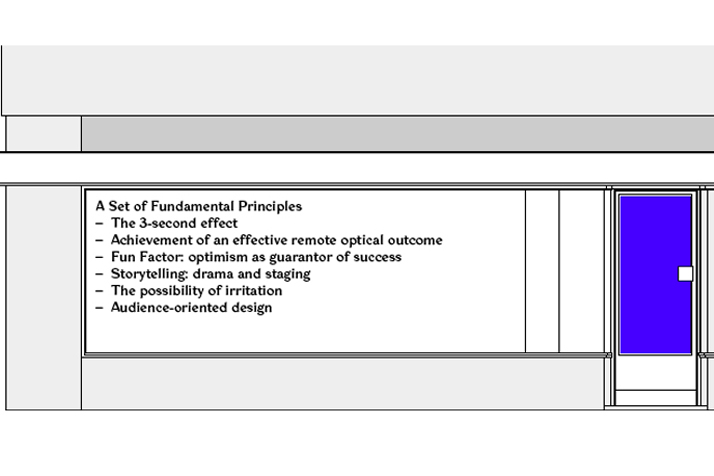Publication
2015
Display (14×20 CM, 143 PAGES), Edition of 100
Jan van Eyck Academie, Maastricht, The Netherlands
All content is based on year-long research at Jan van Eyck Academie, designed and printed in intense 5 days with Kaspar Pyndt, Kaja Kusztra, Christophe Clarijs and Timo Demollin. Debut to Kaspar Pyndt’s typeface Dalat. Assistance by Charlotte van de Velde.
RISO printed in an edition of 100 in the Charles Nypels Lab at the Jan van Eyck Academie.
Installation during Open Studios at Jan van Eyck Academie, card for installation by Anton Stuckardt
‘Matylda Krzykowski‘s work plays a role in integrating curating and exhibition-making within a larger discourse. With Display she explores how we design messages to the public in a collaborative mode. An extract of the project is compiled as a handbook, now serving as template for the designers and artists. It thus became a long-term exhibition format, a collaborative curatorial strategy, open to the public 7 days a week.’ Karin de Jong, PrintRoom
‘Display is a book that examines the notion of showing. It does so through contributed texts and images, presenting a wide variety of takes on the subject. The cover depicts the display-windows of Depot Basel in which the book launch would take place. In doing so, the cover displays the physical context in which the book is displayed creating a paradoxical ping-pong of references. While the initial and concluding pages of the book show full-bleed images of Depot Basel and its display systems, the main content is treated in a straight-forward way, dividing text- and image-contributions into separate sections.’ Kaspar Pyndt
Display handbook holds contributions by: Anna Bak, Bill Balaskas, Alexandra Bertels, Josh Bitelli, Isabelle Born, Gregor Brändli, Christophe Clarijs, Marta Colon, Klara Czerniewska, Timo Demollin, Workshop for Potential Design, EMYL, Tal Erez, The Farm, Studio Glithero, Veronika Gombert, Carl Haase, Rodrigo Hernandez, Maria Jeglinska, Kaja Kusztra, Moritz Lehner, Cedar Lewisohn, Bárbara Maçães, Agata Nowotny, Study O Portable, Stefan Pabst, Juan Palencia, Pedro Portellano, Kasper Pyndt, Ronja Römmelt, Vera Sacchetti, Alessandro Schiattarella, Michael Schoner, Theda Schoppe, Speedism, Jasio Stefanski, TEOK, Andrew Thrope, Basil Thüring, Bik van der Pol, Andres Wanner, Anna-Lena Werner.
Extract of the Interview with Artfridge:
Anna-Lena Werner: You showed a spatial installation during the Jan van Eyck Open Studios. Were strategies of communication involved in the one year that you spent in Maastricht?
Matylda: I am interested in the model of theatre, especially in contemporary theatre, such as the productions that Kaserne Basel presents. What strikes me is that there is a whole production led by one director and as a visitor you are being served. No description boards, no exhibition text, no curatorial speech, no images. Since I did a lot of research in choreography, theatre and exhibition making during my time at the Jan van Eyck, my work hasn’t been very visible. I mostly created databases that I saved on my laptop. Until the final exhibition my studio was empty, as I wanted to use the time to think for myself without feeling the need to communicate all I am doing. And then at the end you are supposed to make your work visible.
Anna-Lena Werner: What was the concept of the installation?
Matylda: It was about the display. An installation as a display of a display of a display. I wanted to alter the perception of the space that has been my clean and empty studio for one year.
Anna-Lena Werner: So that the act of presentation becomes the content of presentation?
Matylda: You could say that. I wanted to break the white cube mode in my studio and instead create a presentation that would bring methods of display together – domestic, cultural and commercial displays. The material comprised plinths, flagpoles, a flip chart and a laundry rack. I also borrowed a facial home solarium panel from Ron Bernstein’s workshop – once you switch it on it makes a sound like an egg-timer. Next to the auditive and the visual aspect, there was also smell: I used old cardboard from Charles Nyples the print lab to generate the smell of an archive. And I got these see-through plastic strips that you use for doors, in order to generate the smell of a factory. As the space is quite small, I wanted to construct a density, building a model of displays, both real and artificial.
Anna-Lena Werner: Although you say that you wanted to break the white cube, it still looks really clean and neat. How do you evaluate the role of visual aestheticism?
Matylda: Let’s say, I wanted to construct a spatial installation, a dense room. There is a language in my work that is certainly aesthetic, but I am not justifying the content of the work to reach that goal.
